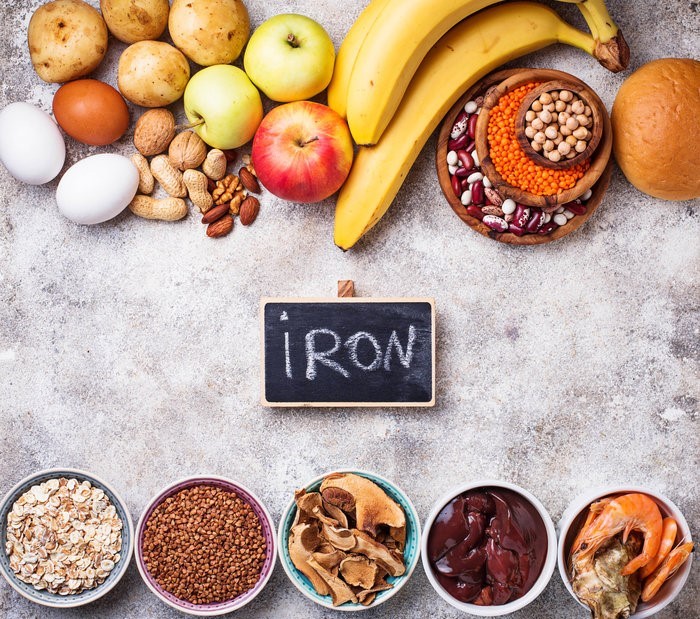Headteacher of Holy Trinity Primary school in Hackney, Yvonne Barnett, recently put it best when stating ‘to be prepared for learning, pupils need to be well-rested, well-fed and properly nourished.”
Following on from the recent Government announcement on the strategy to tackle and reduce obesity rates, we are looking at the importance of healthy eating in schools and its impact on learning.
What are the current government regulations on healthy food in schools?
According to the UK Government, food served in schools and academies in England must meet the school food standards so that children can have healthy, balanced diets. The school food standards apply to all maintained schools and academies founded before 2010 and after June 2014.
They must provide high-quality meat, poultry or oily fish, fruit and vegetables, bread and other cereals and potatoes. There cannot be drinks with added sugar and crisps, chocolate or sweets in school meals or vending machines, with no more than two portions of deep-fried, battered, or breaded food served per week.
How to provide pupils with a healthy diet in schools
There are many ways to provide students with a healthy diet outside the home, including breakfast clubs, creating school recipe books, growing their fruit and vegetables and inspiring children to make educated and well-balanced food decisions at school mealtimes.

As stated by the Education Authority, good nutrition is essential for children to grow properly, do their best in school and be healthy and happy in the future.
Schools must take a whole school approach to food and drink provided and consumed in school. This approach includes developing children’s skills and knowledge about a healthy diet and lifestyle, inside and outside of school.
What are the benefits of pupils eating healthy food in school?
The Centers for Disease Control and Prevention (CDCP) note that kids learn better eating habits when schools provide healthy food. Schools must do everything they can to promote nutritious food at mealtimes, including tuck shops and vending machines to equip pupils with better lifelong eating habits.
In a recent report from The Atlantic, economists determined whether more nutritious school lunches affect student achievement as measured by test scores. The research led to an unexpected discovery: students attending establishments using healthy school catering services perform somewhat better on state tests.
Furthermore, according to Learning LiftOff, other studies looked at the effects of nutrition on brain function. Unsurprisingly, deficiencies in iron and other vitamins can affect cognition, which is a problem for young learners.
Children with lower iron levels may feel tired, dizzy and eventually develop anaemia. Even before anaemia develops, symptoms may affect schoolwork. “A low iron level can cause decreased attention span, reduced alertness, and learning problems in children,” according to MedlinePlus. Good sources of iron include beans, pulses, meat, fish and spinach.

An essential factor regarding nutrition in schools is the option for hot school meals, allowing schools to control the nutritional content of meals served to abide by strict nutrition regulations not monitored with packed lunches.
Hot school meals protect the most vulnerable children eligible for free school meals against hunger and help safeguard pupils with allergies in the dining hall by regulating what goes into meals provided and should always be encouraged over packed lunches.
How can cashless systems and pre-ordering contribute to healthy eating in schools?
CRB Cunningham’s cashless catering software allows schools to encourage healthier attitudes to school mealtimes within students. The Fusion Online pre-order app enables pupils to pre-order their meals in advance, including before school with their parents, who can participate and help make balanced food choices, ensuring their child receives a nutritious meal during term time.
Furthermore, CRB Cunningham’s cashless catering options ensures parents can rest assured that the pupils use school correctly and not on junk food or out-of-gate spending.
These elements of CRBC’s software also cut down on time wasted queuing for school meals, meaning students have time to enjoy their lunches without worrying about having to miss a mealtime due to time constraints.
Missing meals during school hours can lead to poor performance, fatigue, and overall lack of productivity, whilst software such as CRBC’s helps prevent these issues and reduce the risk of students missing out on school meals.
Are you thinking about making a change to your current food service? Get in touch with our team who will be happy to talk you through your solutions.





